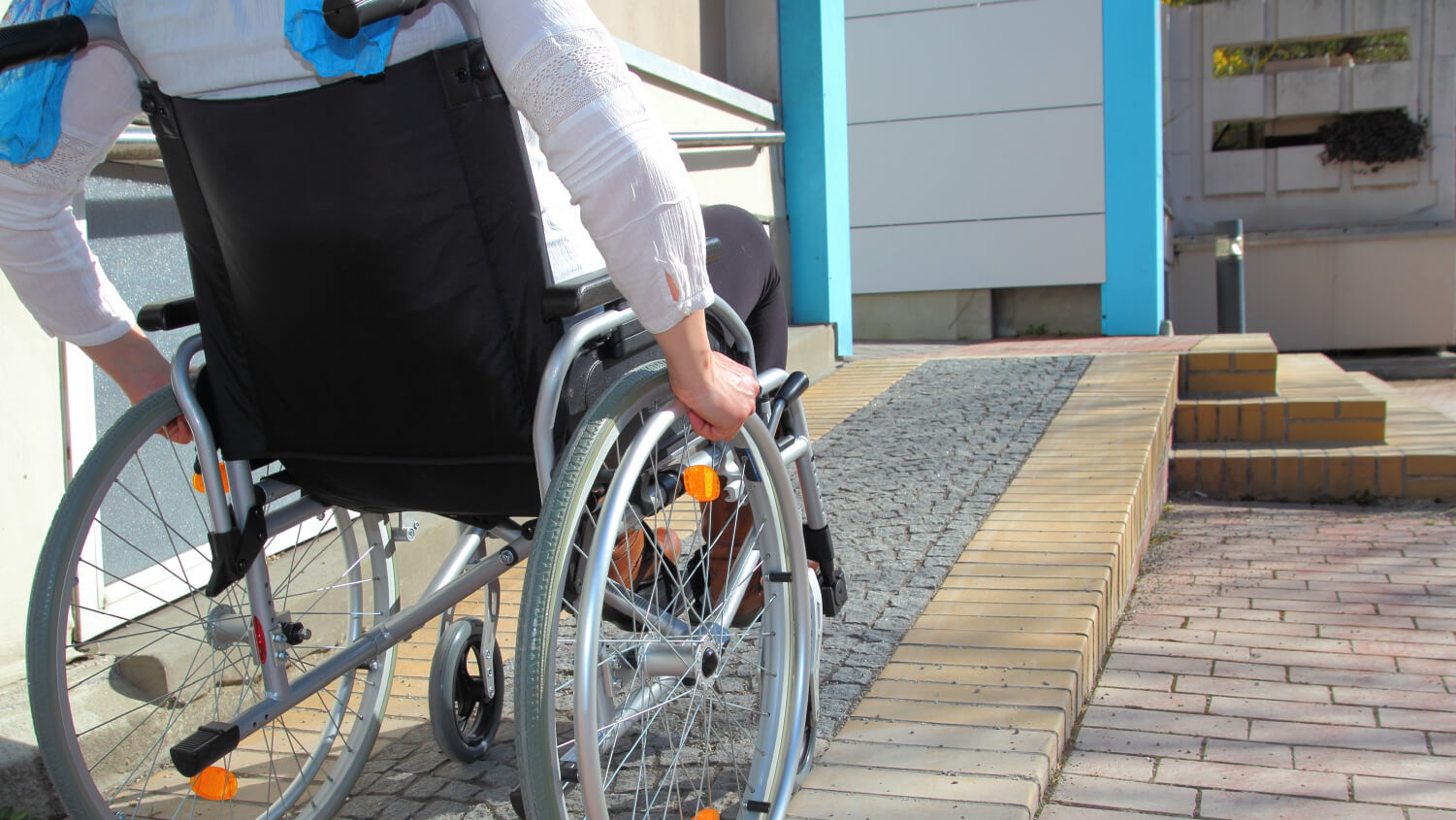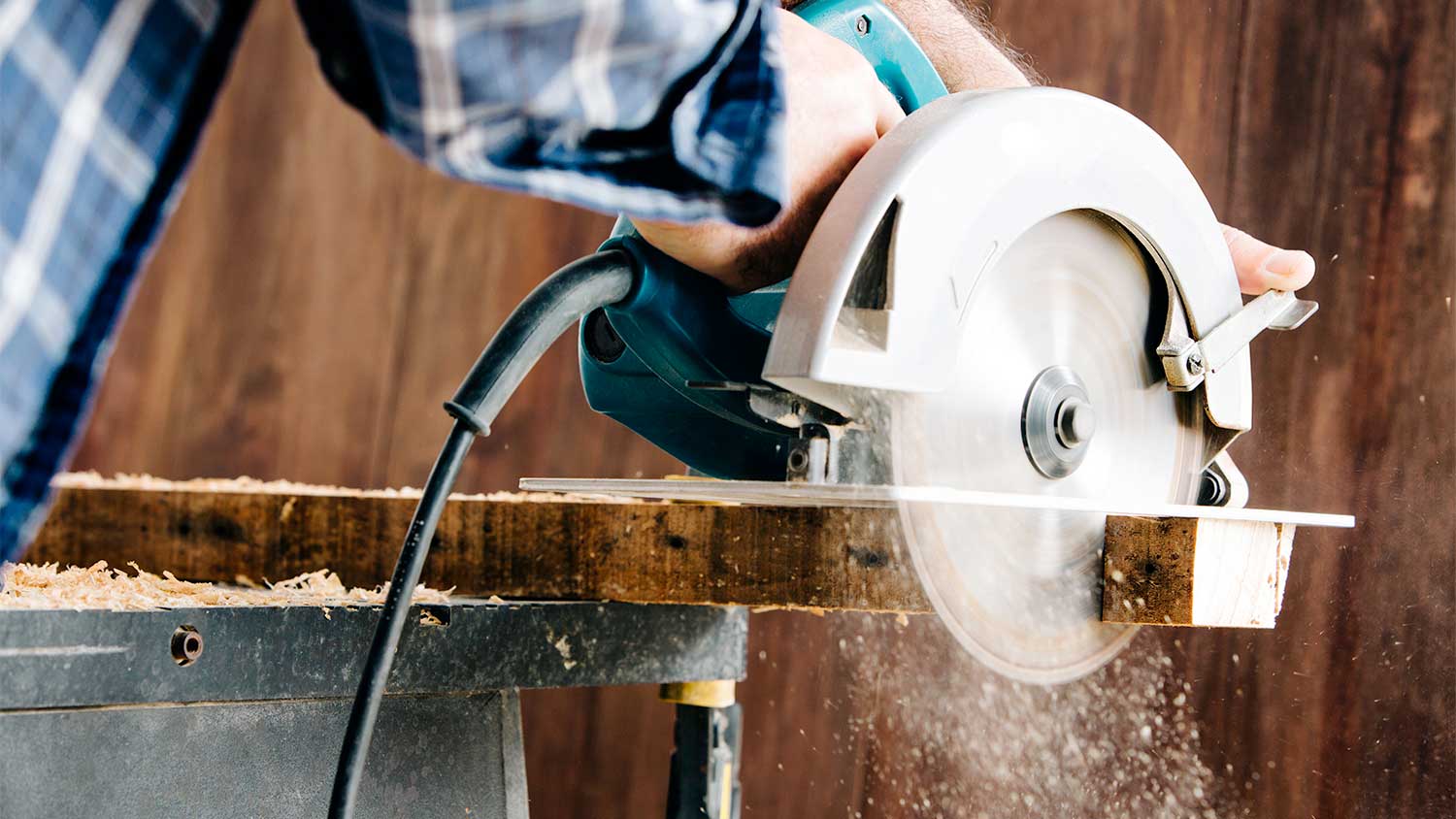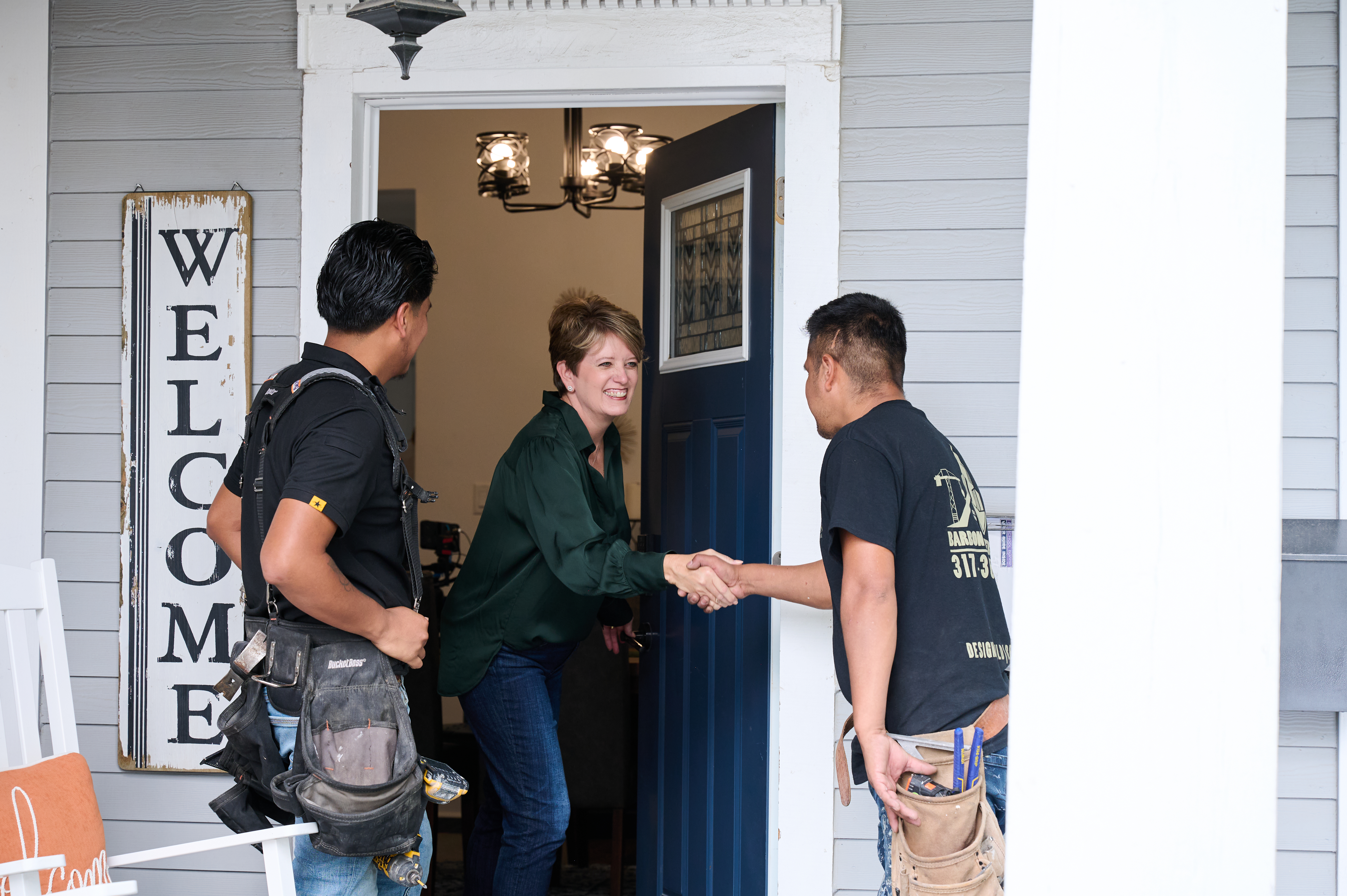
Discover wheelchair ramp cost estimates, including installation, materials, and tips to save. Learn what impacts your price and how to budget for your project.
Upgrade your summer evenings in the yard in under four hours


Imagine serving dinner to your family or cracking open a few cold ones with old friends while you watch the sunset from your very own homemade picnic table. Guess what? Neither image is as far away from reality as it may seem. Building a DIY picnic table does take some time, but you'll save hundreds of dollars tackling the project yourself.
Learn how to build a traditional picnic table in this three-step guide.

Before you grab some lumber and get started, you’ll want to consider a few details first.
When prepping to build a picnic table, decide:
How big your picnic table will be
Your budget
What wood you'll use (this goes hand in hand with costs)
Cedar, redwood, and douglas fir are three popular lumber choices for picnic table builds because they’re lightweight and hold up in all types of weather. You can also use pressure-treated wood, as it holds up better to moisture and weather.
However, if you use pressure-treated wood, paint the cuts you make with a wood preservative to prevent moisture from ruining your lumber.
To make the project as simple as possible, make all your cuts at the beginning. But if you’re not experienced with handling a saw and cutting wood, it’s best to contact a local carpenter or a general contractor near you to ensure your safety and a job well done.
Here's your picnic table cut list:
Cut your 2x6x12' boards in half for the tabletop and seats.
Cut the legs of your A-frame from your 2x6x8' boards. (Pencil in and then cut 60-degree marks with a miter saw on the legs.)
Cut two brace boards for your A-frame; measure and then cut to the appropriate angle with a miter saw.
Cut two braces from your 2x4' boards to mount underneath your tabletop.
If you're using pressure-treated wood, you might want to leave an inch on the frame cuts that you can cut away later as you level the table.
With your cuts done, assemble the tabletop. Do this first, as it can take up to 24 hours for wood glue to dry.
Line your five cuts of wood up side by side.
Place a scrap piece of wood on top at each end, then clamp the five boards together.
Place a bead of wood glue on each end, then firmly pressure your 2x4 brace boards down.
Add screws at the brace board into the two outermost tabletop slats.
Use nails or screws to secure the three inner boards.
You have two choices: You can either assemble the frame directly to the base of the picnic tabletop, or you can build the A-frame separately, then assemble. The first option is probably easier.
Attach your 2x6x8' boards to the brace boards with screws. Reinforcing with carriage bolts along the side is recommended.
Attach a brace board to each A-frame approximately 12 inches below the tabletop with carriage bolts.
Place your remaining 2x6x12' boards (cut in half) on the overhanging A-frame brace, then secure with screws from the top..
If you have extra wood, adding a reinforcing beam along the top of the A-frame with nails or screws can help hold the frame to the base.

If desired, add a coat of paint or stain to your table and let dry. There are benefits to using stain or paint on wood, but you can decide which is right for your situation. Two coats of either will help the color you choose really pop.
Always stain or paint lumber in a well-ventilated area to avoid fumes.
Building a DIY picnic table can be a fun, rewarding project that you feel good about every time your family gets to enjoy a meal or social gathering in the yard.
That said, it requires a fair bit of accurate measuring and lumber cutting. If this is out of your wheelhouse, a trusted carpenter or even a handyperson near you can help with some or all of the job.
You might pay as little as $70 to build a picnic table yourself, depending on the wood you choose. It'll likely cost around $500 to bring in help.
From average costs to expert advice, get all the answers you need to get your job done.

Discover wheelchair ramp cost estimates, including installation, materials, and tips to save. Learn what impacts your price and how to budget for your project.

Learn how much it costs to board up a window to buy yourself some time and maintain home security while you wait for the permanent repair.

Find out how much it costs to build a chicken coop—whether you've got a few hens in your backyard or a big, self-sustaining flock—with our expert guide.

You may be ready for fall, but is your home? Use this fall home maintenance checklist to prepare your home and yard for the changing seasons.

Unmounting a TV is much easier than mounting it. Grab your screwdriver and a friend and follow these steps to learn how to take a TV off a wall mount.

Both a handyman and contractor serve different purposes for your home projects. This guide will help you hire the right professional for your unique job.